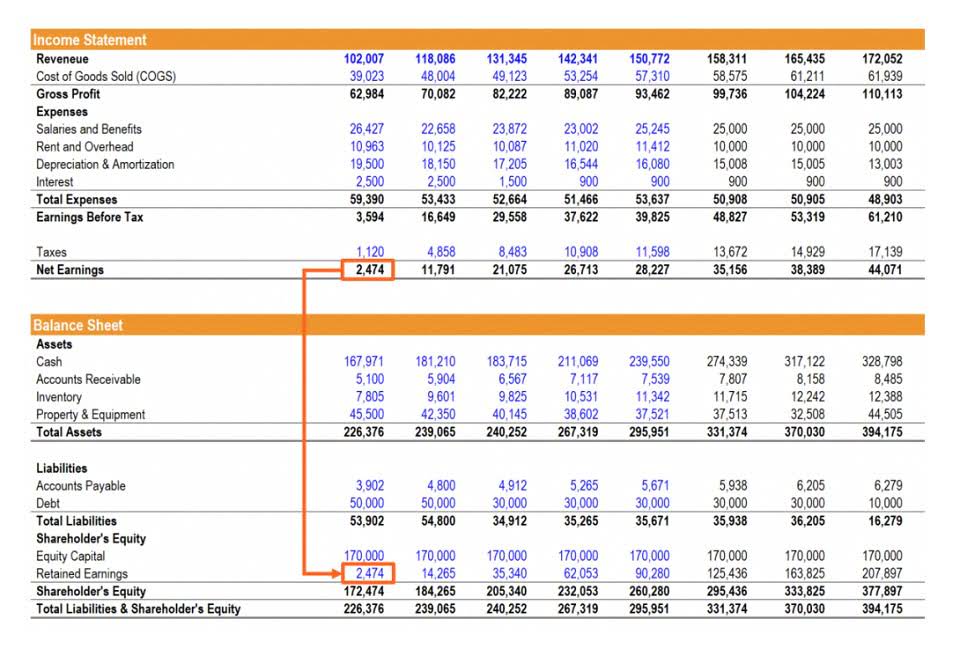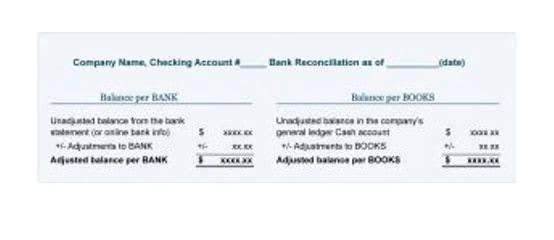Closing Entries: Step by Step Guide

If we had a loss, we would be closing the income summary with a credit. In this case, we have a profit, so the income summary has a credit balance. So just like we have here, 2,900 credit balance, to get rid of that, we need to debit the income summary 2,900, and our credit is going to be to retained earnings.
- So just so you know when we declared the dividends, so the company said, hey, we’re paying a dividend of $3,200.
- My Accounting Course is a world-class educational resource developed by experts to simplify accounting, finance, & investment analysis topics, so students and professionals can learn and propel their careers.
- Permanent accounts are accounts that show the long-standing financial position of a company.
- So this profit that we made, we made $2,900 profit in net income this year, that is being closed to retained earnings, and it’s increasing the value of retained earnings just like we would expect.
- Notice how only the balance in retained earnings has changed and it now matches what was reported as ending retained earnings in the statement of retained earnings and the balance sheet.
Ready to Experience the Future of Finance?

I want to introduce you to one more account, the Income Summary account, and this is a temporary account used during the closing process. So it only comes up now while we do the closing entries. So let’s pause here and then we’ll go through each of the closing entries using our example from the adjusted trial balance. So grab your adjusted trial balance from the previous lessons and we’re gonna use that to close out the books of that company. https://www.bookstime.com/articles/negative-retained-earnings They do not show up on the income statement; they get taken straight out of retained earnings. Retained earnings are all the income that we’ve made in previous years; it’s all sitting in retained earnings.
Process of Recording Closing Entries
This module automates the creation and management of journal entries, ensuring consistency and accuracy in your financial statements. Organizations can achieve up to 95% journal posting automation with a pre-filled template, reducing errors and discrepancies and providing a reliable view of financial data. LiveCube Task Automation is designed to automate repetitive tasks, improve efficiency, and facilitate real-time collaboration across teams. By leveraging advanced workflow management, the no-code platform, LiveCube ensures that all closing tasks are completed on time and accurately, reducing the manual effort and the risk of errors.

What is the result of closing entries on temporary accounts?
Temporary accounts can either be closed directly to the retained earnings account or to an intermediate account called the income summary account. The income summary account is then closed to the retained earnings account. Expense accounts have a debit balance, so you’ll have to credit their respective balances and debit income summary in order to close them. As mentioned, one way to make closing entries is by directly closing the temporary balances to the equity or retained earnings account.
How are closing entries posted in the general ledger?
So notice we’re crediting retained earnings in this case. Because retained earnings goes up with credit balances. So this profit that we made, we made $2,900 profit in net income this year, that is being closed to retained earnings, and it’s increasing the value of retained earnings just like we would expect. So now the income summary balance, well, it was 2,900. So let’s pause here and then move on to the next video.
Record to Report

The trial balance is like a snapshot of your business’s financial health at a specific moment. It lists the current balances in all your general ledger accounts. In this case, we can see the snapshot of the opening trial balance below. In addition, if the accounting system uses subledgers, it must close out each subledger for the month prior to closing the general ledger for the entire company. If the subsidiaries also use their own subledgers, then their subledgers must be closed out before the results of the subsidiaries can be transferred to the books of the parent company.

- So our income summary is still at 2,900, and now it’s time to close out the income summary, right?
- In this example, it is assumed that there is just one expense account.
- Companies use closing entries to reset the balances of temporary accounts − accounts that show balances over a single accounting period − to zero.
- A closing entry is a journal entry that is made at the end of an accounting period to transfer balances from a temporary account to a permanent account.
- I.e., moving the balances directly from revenue and expense account to the retained earnings account.
This transfers the expenses to the Income Summary account, preparing the expense accounts for the new period. To close revenue accounts, you need to debit each revenue account for its full balance and credit the Income Summary account. Revenue accounts typically have a credit balance, so debiting them will bring their balance to zero. For example, if the Service Revenue account has a balance of $7,500, you would debit Service Revenue for $7,500 and credit Income Summary for $7,500.
- If the subsidiaries also use their own subledgers, then their subledgers must be closed out before the results of the subsidiaries can be transferred to the books of the parent company.
- The main change from an adjusted trial balance is revenues, expenses, and dividends are all zero and their balances have been rolled into retained earnings.
- That’s why most business owners avoid the struggle by investing in cloud accounting software instead.
- As we mentioned, these include revenue, expense, and dividend accounts.
- Then, Income Summary is closed to the capital account.
This transfers the revenue to the Income Summary account, preparing the revenue account for the new period. This step initially closes all expense accounts to the income summary account, which is finally closed to the retained earnings account in the next step. This step initially closes all revenue accounts to the income summary account, which is further closed to the retained earnings account in step 3 below. All expense accounts are then closed to the income summary account unearned revenue by crediting the expense accounts and debiting income summary.
Step 4: Close withdrawals to the capital account
Now, it’s time to close the income summary to the retained closing entries earnings (since we’re dealing with a company, not a small business or sole proprietorship). Closing the books not only helps to ensure the accuracy and completeness of the financial statements but also provides a clean set of books for the next accounting period. Balances of permanent accounts are carried forward to the subsequent accounting period. Since the income summary account is only a transitional account, it is also acceptable to close directly to the retained earnings account and bypass the income summary account entirely. Learn how to effectively record closing entries and understand their role in preparing accurate financial statements. The income summary is a temporary account used to make closing entries.

